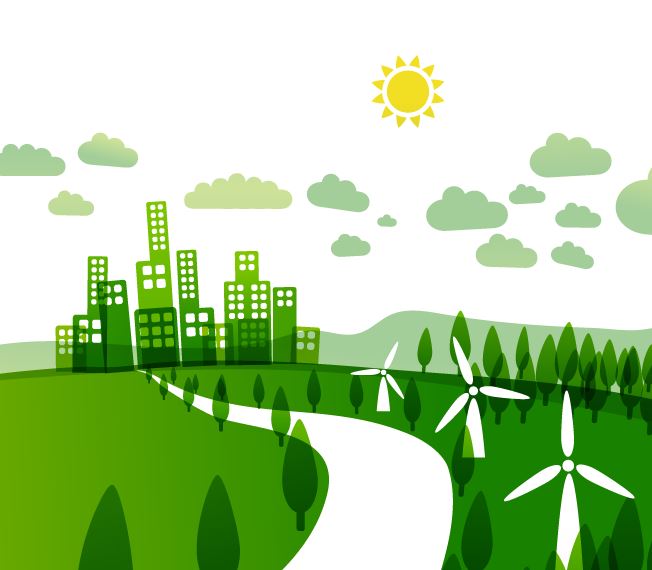Sub-metering has been known to help multifamily managers cut costs. Now, as part of Fannie Mae’s Green Initiative, the simple technology can help both multifamily developers and existing properties secure loans. Fannie Mae recently issued the report “Transforming Multifamily Housing: Fannie Mae’s Green Initiative and Energy Star for Multifamily,” which quantifies the benefits of energy efficiency on a blend of 1,163 multifamily properties. The data will be used to create standards for the Green Mortgage Backed Securities. The report reveals that the least efficient properties consumed at least three times more energy and six times more water per square foot than the most efficient properties. In addition to conserving potable water, preventing brownouts, and promoting cleaner air—all of which benefit the nation at large–green initiatives for multifamily can cut costs for property managers. It became clear that the benefits of sustainable development and upgrades for multifamily were worth Fannie Mae’s investment. The Transforming Multifamily Housing data will be used to create standards for the EPA’s Energy Star Score for multifamily as well as the Fannie Mae Green Mortgage Backed Securities. Properties that meet certain sustainability criteria will be eligible for a portion of $130 million in financing through Fannie Mae. Existing affordable properties will be eligible for Green Preservation Plus loans, which give borrowers access to as much as 85 percent of their property’s value as long as borrowers implement measures to reduce energy and water consumption. To meet required criteria, managers can take advantage of a variety of resource-saving options. Common sustainable upgrades can save a property 15 percent or more on energy and water costs each year. One approach that has proven its value for senior, affordable, and convention multifamily properties is sub- metering. Properties with sub-metered utilities can drastically reduce costs;...

